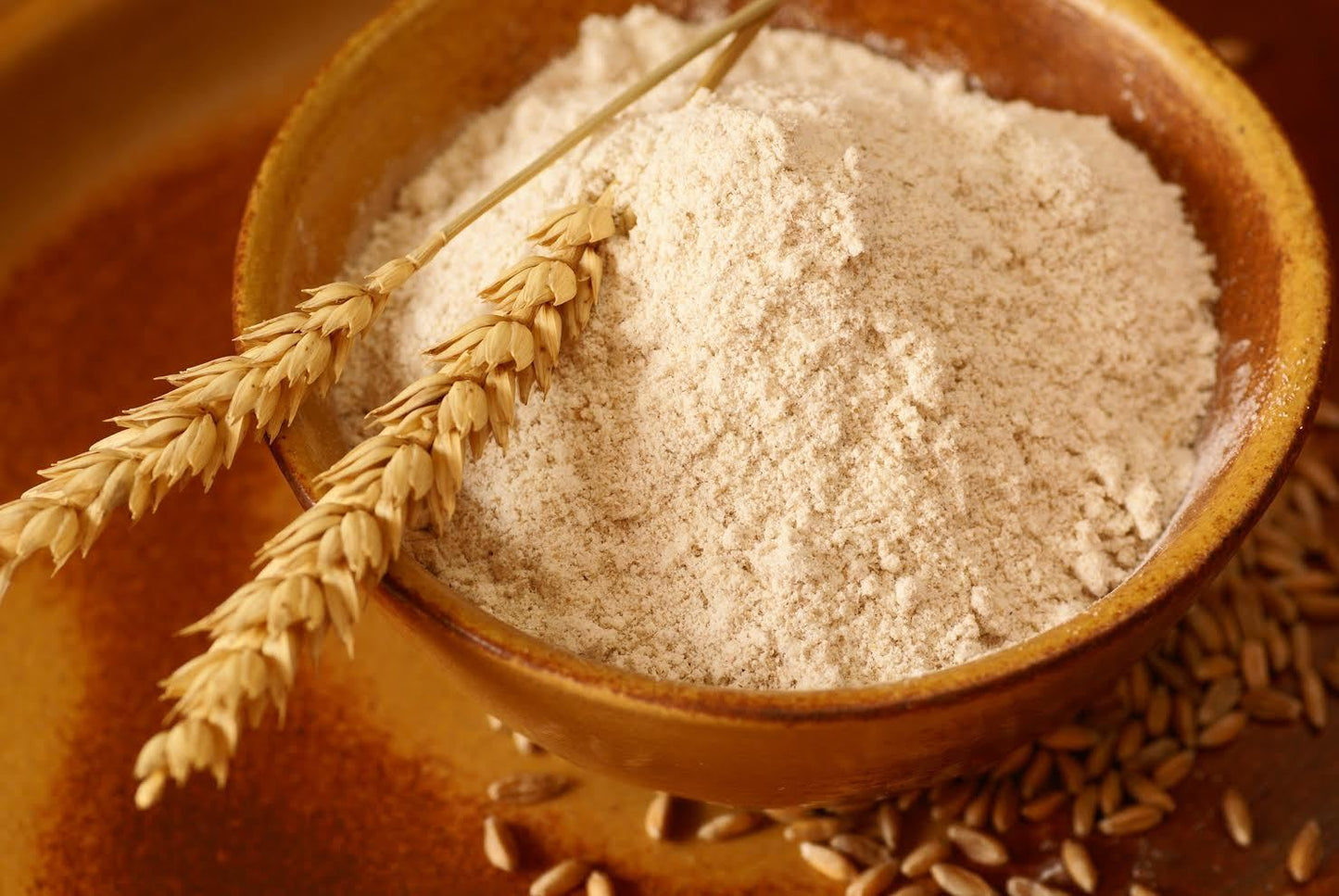SOUL.AG
TCBT Low RPM Chakki Wheat Atta
TCBT Low RPM Chakki Wheat Atta
Couldn't load pickup availability
Using a low RPM chakki (traditional stone grinder) for preparing food offers several health benefits:
In our busy lives, we often choose fast and easy ways to do things. This can even be true for how we grind our flour. Modern high-speed chakkis grind flour really quickly, but this might be taking away some of the good things in the flour. Here's why using a low-RPM chakki atta is a better choice for your health:
1. Preservation of Nutrient Quality:
Low RPM chakkis operate at a slower speed, minimizing heat generation during the milling process. High RPM chakkis, on the other hand, generate more heat due to their faster milling speed and friction during the grinding process. This excessive heat can damage essential nutrients in the flour, such as vitamins, minerals, and enzymes. These heat-sensitive elements play a crucial role in various bodily functions, from immunity to digestion. Low RPM chakki atta retains more of these vital nutrients, ensuring a healthier end product. This ensures that your body gets the nourishment it needs to function optimally. The high-pressure grinding employed by these chakkis can also lead to the degradation of complex carbohydrates into simpler sugars. This not only impacts the taste and texture of the atta but may also contribute to blood sugar imbalances.
2. Avoidance of Nutrient Oxidation:
High RPM chakkis may expose the flour to increased oxygen during the milling process. This exposure can result in nutrient oxidation, leading to a decline in nutritional value. Low RPM chakki atta helps minimize oxidation, preserving the freshness and nutritional content of the flour. Low-RPM grinding preserves the natural flavor profile and texture of the atta. You'll experience the subtle sweetness and earthiness of whole grains, making your rotis and other dishes more enjoyable.
3. Maintaining Fiber Integrity:
The slow grinding process of Low RPM chakkis helps maintain the integrity of dietary fibers present in the grains. These fibers are crucial for digestive health and can be compromised when subjected to high-speed milling.
4. Minimization of Contamination:
Low RPM chakkis reduce the risk of contamination by preventing the overheating of the milling components. High temperatures can lead to the release of harmful substances, affecting the overall quality of the flour.
5. Potential Health Issues for Children:
Children are particularly vulnerable to the effects of nutrient degradation. Flour processed at high speeds may lose essential nutrients that are crucial for a child's growth and development. Some studies suggest a link between the consumption of heat-processed flour and health disorders in children, such as intolerance to certain types of flour (e.g., gram or wheat). Using Low RPM chakki atta can be a preventive measure to safeguard children's health.
6. Long-term Health Implications:
Continuous consumption of flour processed at high speeds may contribute to long-term health issues in adults, including nutritional deficiencies. Choosing Low RPM chakki atta promotes a healthier lifestyle by ensuring the intake of flour with preserved nutritional quality.
Making the Switch: A Simple Step for a Healthier You
The decision to switch to low-RPM chakki atta is an investment in your well-being and the well-being of your family. The subtle difference in taste and texture is a testament to the superior quality of the flour. By embracing this simple change, you can ensure that your daily bread is truly nourishing and a source of sustained energy.
In summary, opting for Low RPM chakki atta over High RPM chakki atta can significantly contribute to maintaining the nutritional integrity of flour, benefiting both children and adults in the long run.
The Science Behind It:
Bran Matters: Low-RPM grinding retains more bran in the atta. Bran is a rich source of fiber, which promotes gut health, supports digestion, and can contribute to weight management. High-speed grinding can pulverize bran, reducing its beneficial effects.
Germ Power: The germ, another important part of the wheat kernel, is high in healthy fats, vitamins, and minerals. Low-RPM grinding minimizes damage to the germ, ensuring you reap its nutritional benefits.
Glycemic Index (GI): Studies suggest that low-RPM chakki atta might have a lower GI compared to high-RPM flour. This means it might cause a slower rise in blood sugar levels, potentially benefiting those with diabetes or pre-diabetes.
Beyond the Basics:
Customizable Texture: Low-RPM chakkis often allow for adjustments in grind size. You can choose a finer consistency for rotis or a coarser texture for parathas, tailoring the atta to your specific recipe needs.
Longer Shelf Life: The gentle grinding process of low-RPM chakkis can potentially result in a longer shelf life for the atta compared to high-RPM flour. This is because less heat generation reduces oxidation, which can lead to spoilage.
Aromatic Appeal: The slower grinding process allows the natural oils and aromas of the grains to be preserved. This can translate to a more delightful and authentic flavor experience in your dishes.


